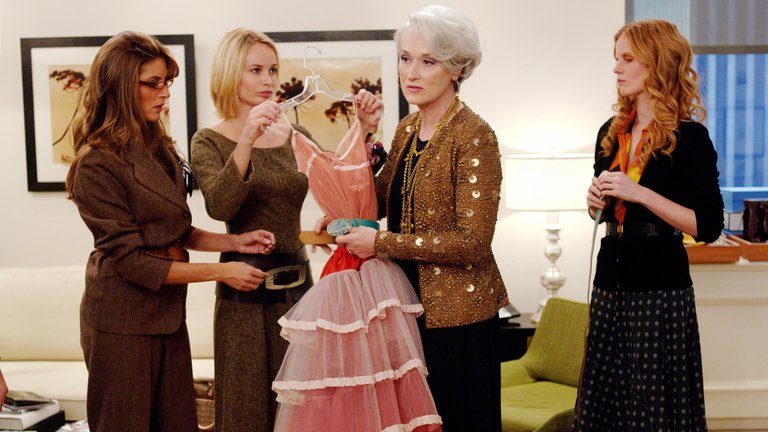The way we dress can have a significant impact on our mood and overall psychological well-being. Clothing has the ability to alter our self-perception and influence the way we interact with others. It can also affect our confidence and self-esteem, as well as the way we are perceived by others.
One of the most significant ways in which clothing affects our mood is through the way it makes us feel about ourselves. When we wear clothes that fit well and make us feel good about ourselves, it can boost our self-confidence and self-esteem. On the other hand, if we wear clothes that are ill-fitting or uncomfortable, it can make us feel self-conscious and negatively impact our mood.
Another way in which clothing can affect our mood is through its ability to alter our body language and nonverbal cues. Certain types of clothing can make us feel more confident and assertive, which can in turn affect the way we carry ourselves and interact with others. For example, if we wear a power suit to a job interview, it may make us feel more confident and capable, which could help us perform better and land the job. On the other hand, if we wear clothes that are too revealing or inappropriate for the occasion, it could make us feel self-conscious and negatively impact our performance.
Clothing can also affect our mood through its ability to alter the way we are perceived by others. The clothes we wear can send messages about our personality, values, and social status, which can in turn affect the way others treat us. For example, if we wear formal business attire, we may be perceived as professional and competent, which could lead to better job opportunities or more respect from our colleagues. On the other hand, if we dress in a way that is seen as inappropriate or unprofessional, it could negatively impact the way we are perceived by others and affect our social interactions.
These psychological effects, clothing can also have a physiological impact on our mood. The fabric and fit of our clothes can affect our comfort level and physical sensations, which can in turn impact our emotional state. For example, if we wear clothes that are too tight or constricting, it could make us feel uncomfortable and irritable. On the other hand, if we wear clothes that are soft and comfortable, it could make us feel more relaxed and at ease.
It is also worth noting that the colors of our clothing can have an effect on our mood. Different colors are associated with different emotions and can influence our mood in various ways. For example, warm colors like red, orange, and yellow are often associated with excitement and energy, while cool colors like blue, green, and purple are often associated with calmness and tranquility. Choosing colors that align with the mood we want to cultivate can help to enhance our emotional state.
The way we dress can have a significant impact on our mood and overall psychological well-being. It can affect our self-perception and influence the way we interact with others, as well as the way we are perceived by others. Clothing can also have a physiological impact on our mood, and the colors we wear can influence our emotional state. By being mindful of these factors, we can use clothing to our advantage and cultivate the mood we desire.
